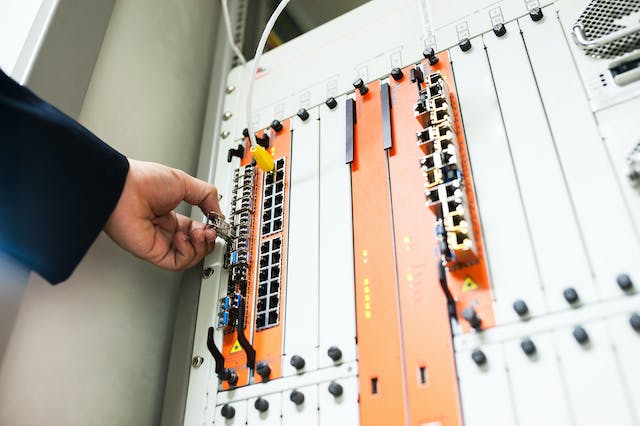In the ever-evolving landscape of networking, the choice between an ethernet switch vs hub can significantly impact the performance and efficiency of a network. As businesses and individuals alike strive for faster and more reliable connectivity, understanding the fundamental differences between these two devices becomes crucial. In this blog post, we’ll explore the distinctions, advantages, and disadvantages of Ethernet switches and hubs to help you make informed decisions when setting up your network.
- The Basics:
Let’s start by defining the primary functions of an Ethernet switch and a hub:
- Ethernet Switch: An Ethernet switch is a networking device that operates at the data link layer of the OSI model. It uses MAC addresses to forward data only to the specific device for which the data is intended, making communication more efficient.
- Hub: On the other hand, a hub operates at the physical layer of the OSI model and simply broadcasts data to all connected devices. It lacks the intelligence to selectively send data to specific devices.
- Performance:
One of the key differences between switches and hubs lies in their impact on network performance:
- Ethernet Switch: Switches are known for their efficiency in managing network traffic. As they only send data to the intended recipient, they prevent unnecessary congestion and collisions, resulting in higher performance and faster data transfer rates.
- Hub: Hubs, being broadcast devices, can lead to network congestion and reduced performance. When a device sends data, the hub broadcasts it to all connected devices, potentially causing collisions and degrading overall network speed.
- Collision Domain:
Understanding collision domains is essential for evaluating the efficiency of a network:
- Ethernet Switch: Each port on an Ethernet switch represents a separate collision domain. This means that collisions are minimized, and devices can communicate concurrently without interference.
- Hub: In contrast, a hub operates as a single collision domain. When one device transmits data, all connected devices receive it, leading to potential collisions and slower communication.
- Scalability:
Consideration for future growth and scalability is crucial when choosing networking equipment:
- Ethernet Switch: Switches offer scalability as they allow for the creation of larger and more complex networks. Additional switches can be easily added to accommodate more devices without sacrificing performance.
- Hub: Hubs, being less intelligent in managing traffic, can result in diminished network performance as the number of connected devices increases. They are less suitable for scalable and growing networks.
Conclusion:
In the Ethernet switch vs. hub debate, the choice ultimately depends on the specific needs and goals of the network. For optimal performance, especially in larger and more dynamic environments, Ethernet switches are the preferred choice. They provide efficiency, scalability, and better overall network management. Hubs, while simpler and more cost-effective, are better suited for smaller, less demanding setups.
As technology continues to advance, Ethernet switches are becoming the standard for modern networks, offering the speed, reliability, and scalability required in today’s digital landscape. When planning or upgrading a network, a careful consideration of these factors will ensure that your infrastructure meets both current and future demands.
